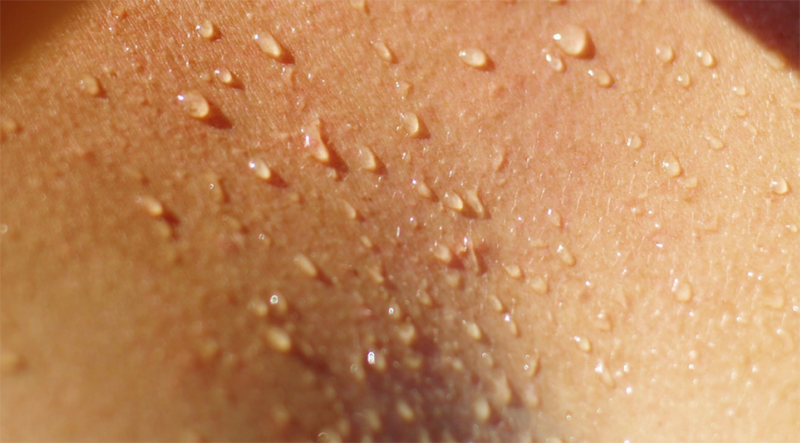The findings of a new study confirm that sweat alcohol levels correlate with blood alcohol levels. For their study, US researchers used a wearable device that stimulates sweat production and measures its ethanol concentration every 25 seconds. In the future, the device could be used to track important analytes like hormones, or pharmaceuticals, to tell users how drugs are metabolizing in their body in real time.
Related UT-Dallas Researchers Develop Wearable Sensor That Monitors Sweat for Alcohol And Glucose Levels
The research team led by Jason Heikenfeld from the University of Cincinnati, gave human participants an alcoholic drink and measured ethanol levels in sweat from their forearms using a new non-invasive microfluidic sensing patch they have developed, mimicking blood alcohol content measured using a commercial breathalyzer, with an expected time lag, reports The Royal Society of Chemistry.
“[This is] the world’s first demonstration where you have blood and sweat data that are lining up very nicely in a simple wearable patch,” says Heikenfeld.
Currently available sweat-sensing devices rely on sweat produced from exercise, which is unsuitable for continuously monitoring substances in sweat, according to Chemistry World.
The new device, developed by Heikenfeld and colleagues, stimulates sweat on demand from the subject’s skin using a technique called iontophoresis. A tiny current drives a chemical, in this case carbachol, into the skin to cause local sweating. Steady state sweat generation results and can last for hours or days, allowing continuous measurement.
The sweat is analyzed by a commercial ethanol sensor. It measures hydrogen peroxide, which is generated when alcohol oxidase on the sensor’s electrode metabolizes ethanol.
Getting tiny nanoliter sample volumes of swat to the sensor was challenging, but the team was able to overcome this by using a “hex-wick” material that mops up sweat and rapidly transports it to the sensor.
The aim for such devices is to continuously track molecular information in blood in a non-invasive way.
Related This Wearable Patch Detects Stress Hormone in Sweat
“I wouldn’t underestimate the challenges in getting from this type of proof-of-principle device to a fully functional wearable reliable device. It’s a major challenge to actually bring that to the next level of development,” says Dermot Diamond, director of the National Centre for Sensor Research at Dublin City University. “You’re getting this massive aggregation of interest from some of the biggest industry sectors globally – pharmaceuticals, medical devices and the big ICT companies are coming together and it doesn’t get much bigger than that.”













